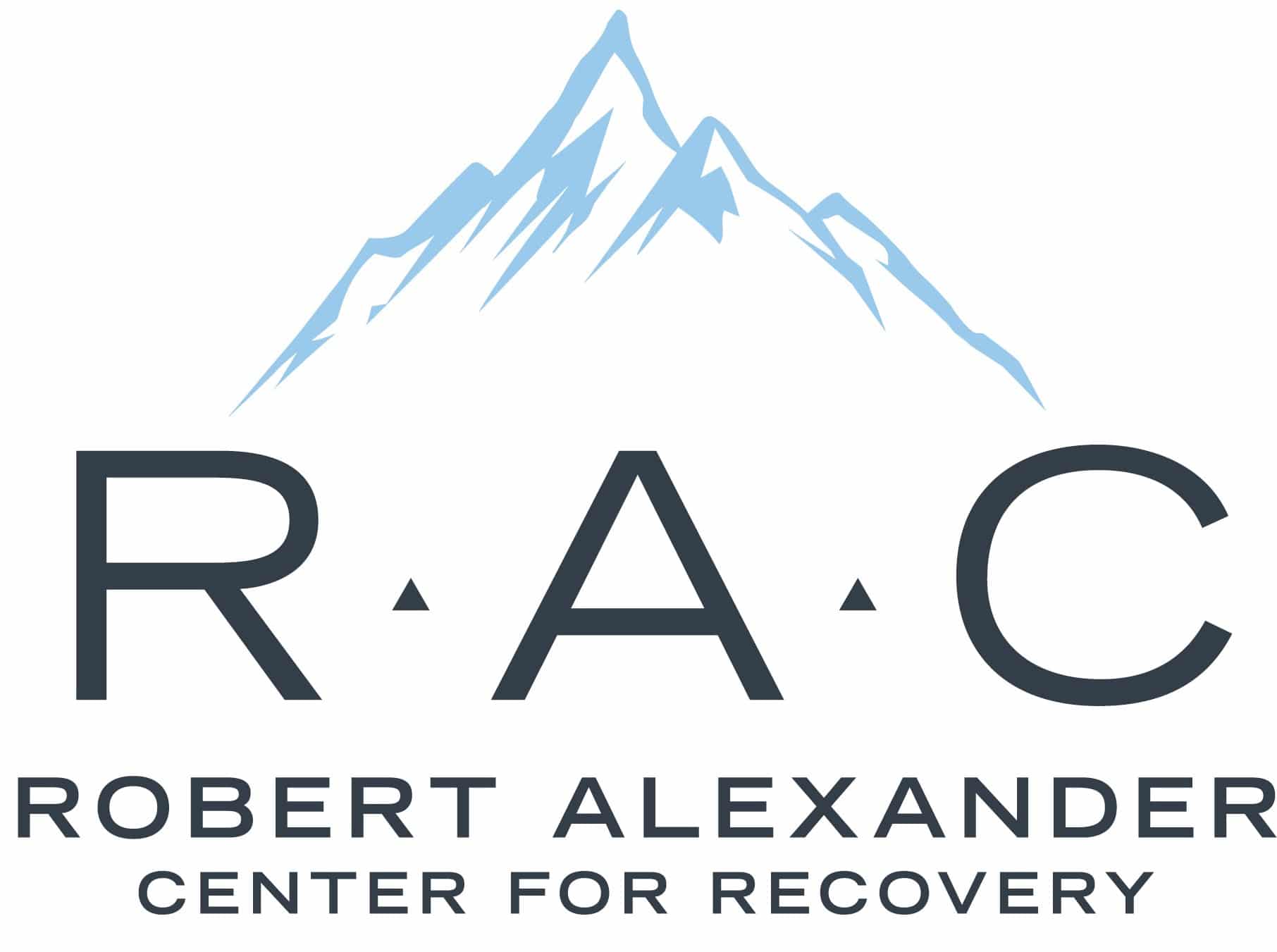
Addiction treatment medications can be used to help reduce cravings, manage withdrawal symptoms, and address psychological conditions that may contribute to addiction. Here is a brief overview of some of the most common medications used in addiction treatment:
Naltrexone: An opioid antagonist commonly prescribed for alcoholism that helps to reduce cravings.
- Naltrexone is an opioid antagonist commonly used in alcoholism treatment that works to reduce cravings and prevent relapse.
- Naltrexone comes in both pill form and injection form, the latter of which has been shown to be more effective at reducing cravings than taking it orally.
- While naltrexone has generally been found to be safe, it can produce withdrawal symptoms when taken by people with heavy opioid use or acute intoxication.
Disulfiram: Also known as Antabuse, this medication produces adverse physical effects when mixed with alcohol, making it less desirable for individuals in recovery from alcoholism.
- Disulfiram, also known as Antabuse, is used to help reduce cravings for alcohol and discourage drinking.
- When taken by individuals with a history of alcoholism, disulfiram produces unpleasant physical effects such as nausea, vomiting, and headaches if the person consumes even small amounts of alcohol.
- Common side effects of disulfiram include skin rash, drowsiness, and a metallic taste in the mouth.
Buprenorphine: A partial opioid agonist often prescribed for opioid addiction that can help reduce cravings and withdrawal symptoms.
- Buprenorphine is an opioid partial agonist used to treat opioid use disorder.
- Buprenorphine works by binding to the brain’s opioid receptors, providing enough of a dose to reduce cravings and prevent withdrawal symptoms, but not enough to produce a full-blown high.
- Common side effects of buprenorphine include nausea, headaches, dizziness, and constipation.
Methadone: Another opioid used to reduce withdrawal symptoms associated with opioid addiction and stop people from using illegal drugs.
- Methadone is a synthetic opioid medication used to treat opioid addiction.
- Methadone works by binding to the brain’s opioid receptors, reducing cravings, and preventing withdrawal symptoms associated with opioid use disorder.
- Common side effects of methadone include drowsiness, nausea, dizziness, and constipation.
Acamprosate: A medication primarily used for treating alcoholism that is thought to help with neurological processes related to drug craving and other negative emotions associated with abstinence.
- Acamprosate is a medication used to treat alcohol use disorder.
- Acamprosate works by restoring the balance of chemicals in the brain that have been disrupted by chronic alcohol consumption.
- Common side effects of acamprosate include nausea, vomiting, diarrhea, headache, and dizziness.
Gabapentin: A medication prescribed off-label for substance use disorder but typically used to treat seizures and nerve pain.
- Gabapentin is a prescription medication used to treat neurologic conditions such as epilepsy, restless leg syndrome, and pain.
- Gabapentin works by altering the body’s response to certain types of nerve signals.
- Common side effects of gabapentin include drowsiness, dizziness, headache, and trouble sleeping.
Medications can be an important part of addiction treatment, and there are many medications available to help with different aspects of the recovery process.
Each medication comes with its own set of side effects, so it is important to discuss all risks and benefits with your doctor before starting a prescription.
